Spring forward but don’t trip over the Sgnomes
The days getting longer. Ducks and geese returning. Setting our clocks forward an hour for Daylight Saving Time. All of these are clear signs that spring is nigh. But no other sign fills our hearts with more joy than the annual migration of Sgnomes.
Once a common sight throughout the northern part of USA and Canada, global climate change has tragically had a devastating impact on Sgnome populations. Their migratory paths require a unique combination of heavy, sustained snowfall followed by a gradual warming as spring approaches. However, with the shift in climate, the Sgnome migration is coming earlier and earlier and, in some years, doesn’t happen at all.
Thankfully, this year’s Sgnome migration has been epic. My wife, Anne C. Savage, was there to capture it with her camera and we offer it to you today as you set your clocks forward an hour, to cheer your spirits and prepare you for the glorious spring that has nearly sprung.
Here is the traditional “Yard Sgnome”, shown with the easily-recognizable pointed hat:
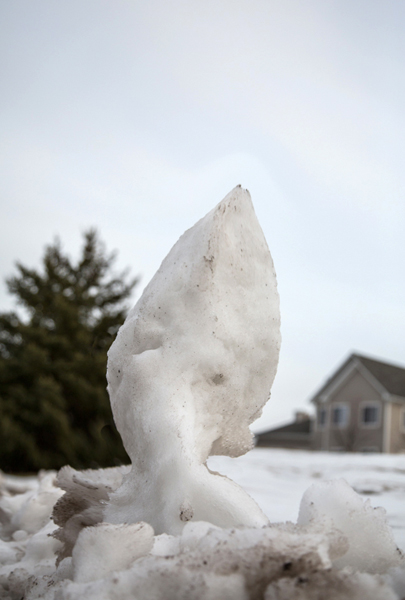
Yard Sgnomes, known by the scientific name yardus tackidae sgnomus, are the most commonly seen Sgnome and some people may go their entire lives without seeing other types. However, there are MANY other types.
What most people do not realize is that Sgnomes are geniuses at camouflage. In fact, you may well have seen a well-camouflaged Sgnome and not even realized it. The most common technique used by Sgnomes species to hide in plain sight is by mimicking other animals.
Here we have the “Turkey Sgnome”:
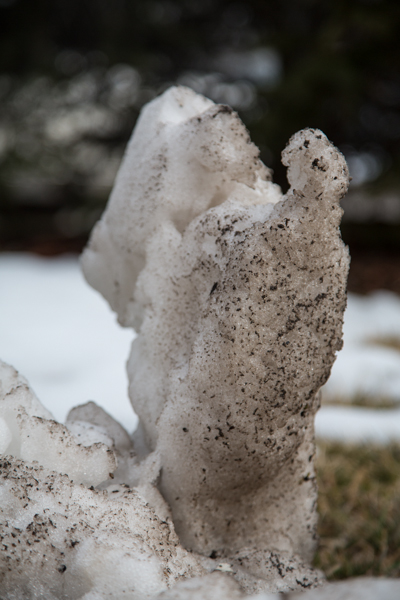
Gobbulus Sgnomus
The “Polar Bear Sgnome”:
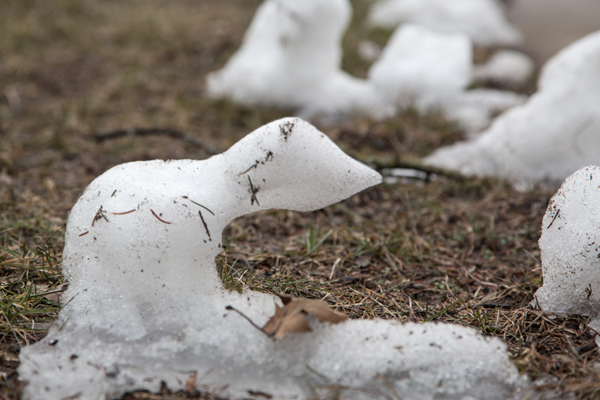
Ursus Blanco Sgnomus
The “Doggie Sgnome”:
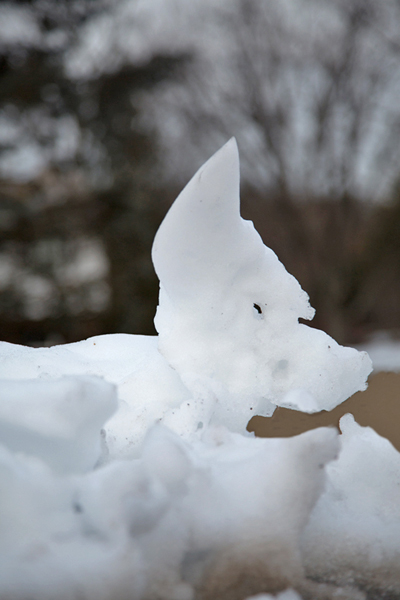
Canus Woofensis Sgnomus
The extremely rare “Elephant Sgnome”:
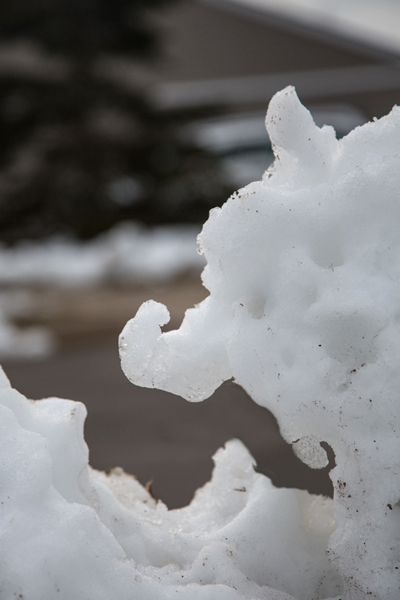
Hortonidae pachydermus sgnomus
The “Pigeon Sgnome”:
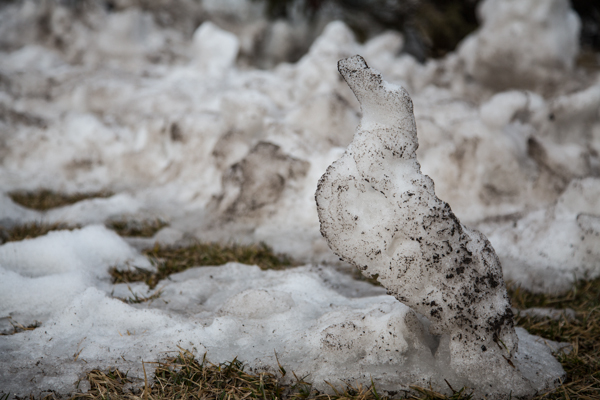
Cooensis flytera ratus sgnomus
In years of robust migratory numbers like this one, it is sometimes possible to glimpse a group, known as a “plow” of Sgnomes, congregating together to forage for food:

Some Sgnome species have a surprisingly human appearance like this one with a full head of “hair”:
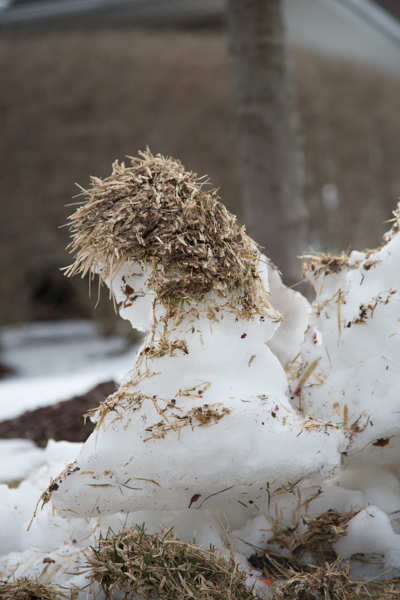
Mulletidae sgnomus
Or this one that appears to be waving or, perhaps, clapping:

Cheerisis gladus sgnomus
Some even have human-like faces:
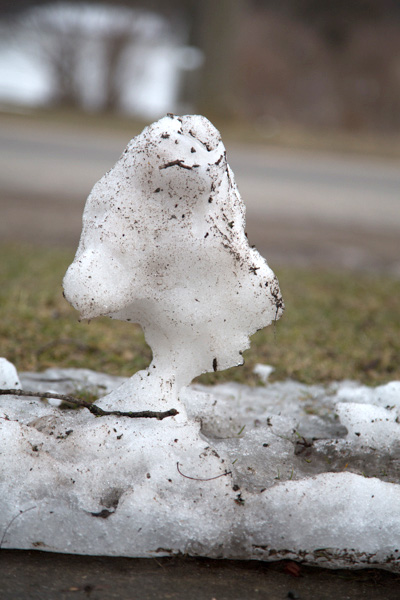
Visageus bizarro sgnomus
And, finally, some Sgnomes are simply amorphously-shaped blobs that often unnoticed unless the sun’s warming rays strike them in just the right way:

Wut thehekus sgnomus
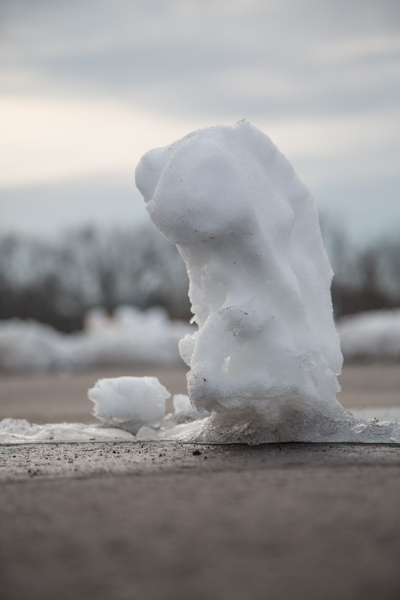
Thatsjus weirdicae sgnomus
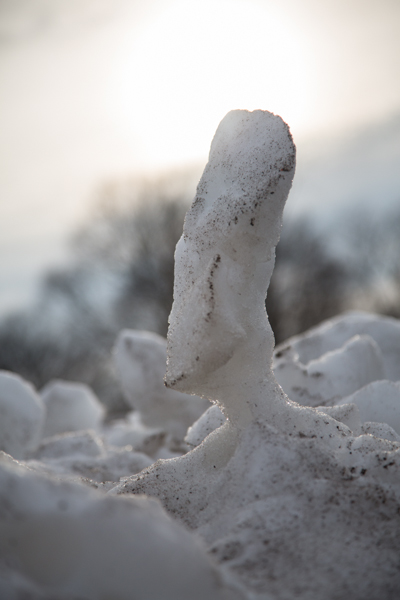
Phallus erectus sgnomus
The Great Northern Sgnomus migration is fleeting, often lasting only a day or so. Make sure to get out today to take advantage of this year’s spectacular display.
You won’t be sorry.



